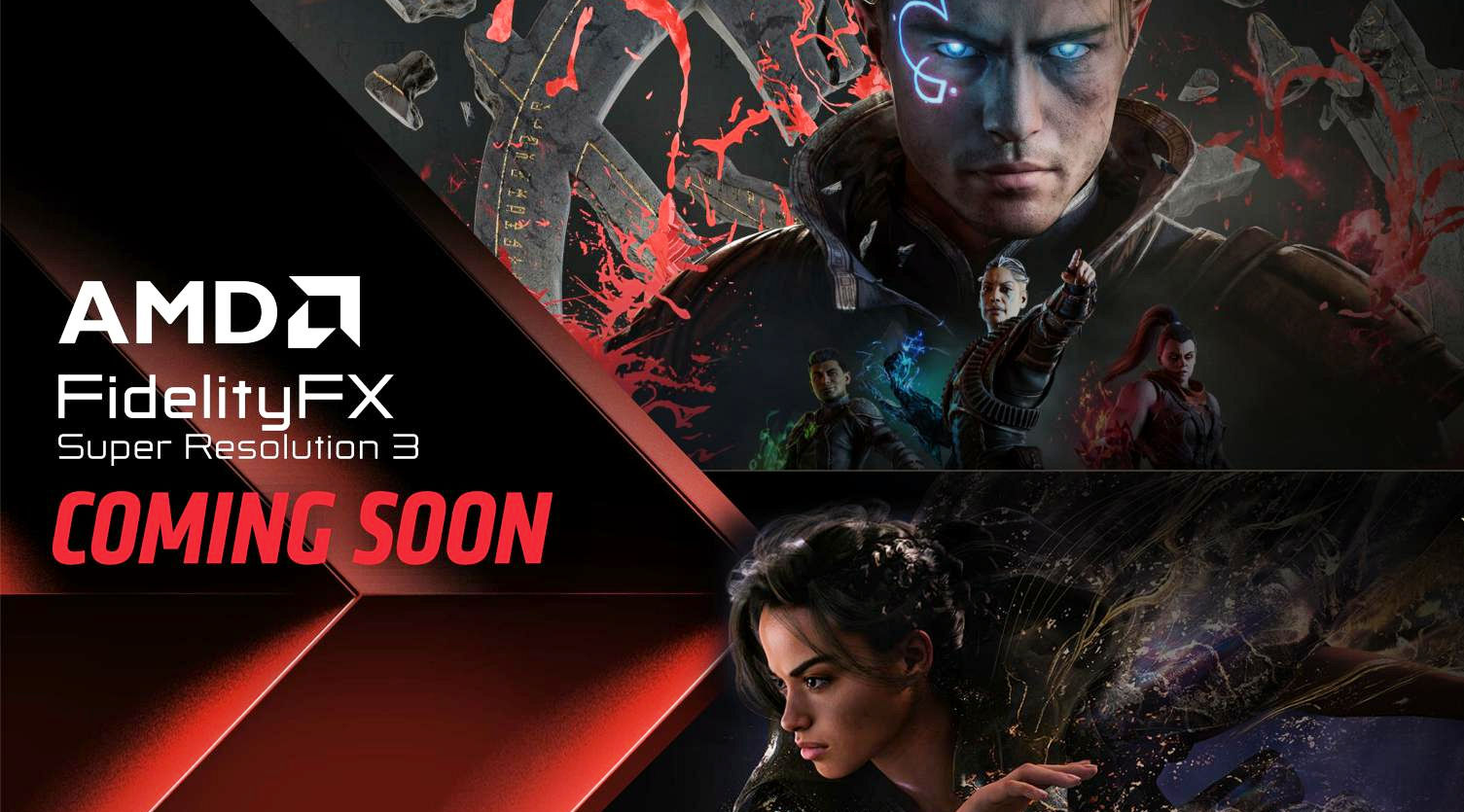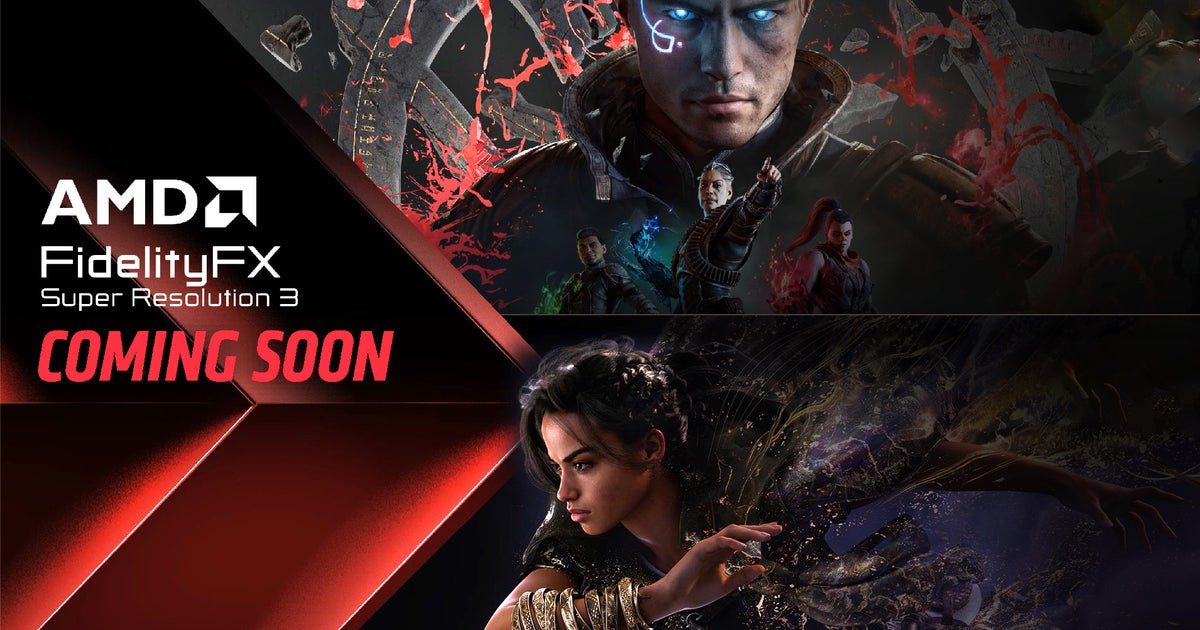AMD FSR3 will work with Radeon RX 5700, GeForce RTX 20 GPUs, launching this fall The long-overdue update for FSR3 is finally here. AMD officially announces support for its latest upscaling technology in several titles. The new version of FidelityFX Super Resolution (FSR), known as FSR3...

videocardz.com
AMD confirmed FSR3 will work on Radeon RX 7000, 6000 and older GPUs. He also confirmed FSR will be supported by other GPU vendors, and consoles. AMD provided the following chart explaining which cards can support and which GPUs are recommended.

Do note, this does not mean FSR3 will not work with other and slower GPUs, it is simply not recommended and optimized. Furthermore, models such as GTX 10 and lower will also support FSR3 upscaling, but not the frame generation technology.

While AMD has officially confirmed that FSR is coming soon, unfortunately, they have not yet provided a specific release date, apart from saying it will launch this fall.
and this.
https://youtu.be/MgdWjcl318U?t=1150 set at 19 min mark for the fsr3 stuff.



 Higher end RTX cards running games still faster than AMD using AMD's on FG tech
Higher end RTX cards running games still faster than AMD using AMD's on FG tech 




